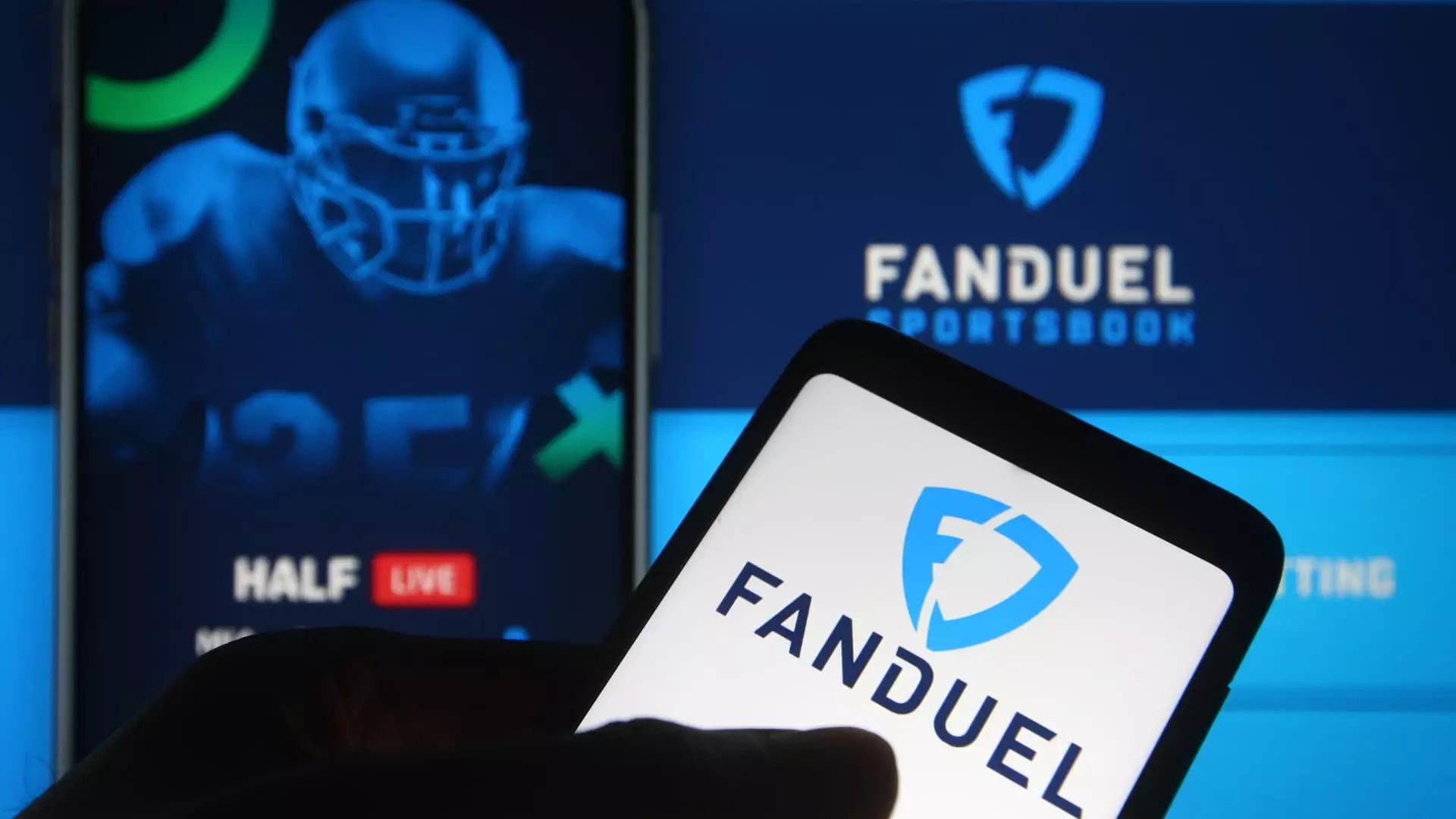The landscape of sports broadcasting is undergoing a dramatic transformation, evident in the recent developments surrounding Diamond Sports’ regional sports networks. As we navigate the murky waters of media financing and partnerships, it becomes increasingly clear that adaptation is the name of the game for companies seeking sustainability in an ever-competitive arena. The latest news regarding Diamond Sports and its new naming rights deal with FanDuel signifies both a challenge and an opportunity for sports media companies, professional leagues, and broadcasting partners alike.
Diamond Sports, having filed for bankruptcy protection last year, is on the brink of rebranding. The company’s recent court filings indicate it has reached a naming rights agreement with FanDuel, a subsidiary of Flutter Entertainment, which extends beyond mere branding. This alliance promises FanDuel a solidified presence within the sports landscape, coinciding with significant seasons, including the National Hockey League (NHL) and the upcoming National Basketball Association (NBA) season. The legal framework of this partnership indicates a strategic move to not just emerge from financial distress but to solidify ongoing operations.
Significantly, this partnership could lead to FanDuel acquiring a stake in the restructured company, further bolstering its investment in a growing sector of the sports industry. With FanDuel already established as a leading sports betting provider, this collaboration is poised to create new synergies that enhance both companies’ market presence. However, much hinges on the court’s approval, which underscores the precarious state of Diamond Sports.
The media rights landscape is increasingly characterized by a bidding war where companies like Diamond Sports must be proactive in securing partnerships that resonate with today’s audiences. The company’s previous naming connection with Bally’s Corp., which disintegrated due to financial disagreements, reflects a broader issue within regional sports networks struggling under heavy debt and operational challenges. As teams across the NBA, NHL, and Major League Baseball (MLB) reconsider their affiliations, a fundamental shift in how local sports content is consumed is becoming undeniable.
This transition equates to a loss of major teams like the San Diego Padres and Arizona Diamondbacks, who, after exiting Diamond’s portfolio, now air their games through alternative local broadcasting methods. The implications of these exits are profound, as they erode the market share of established regional networks while simultaneously offering opportunities for upstart platforms to gain a foothold. What’s becoming evident is a divide: traditional broadcasting versus innovative digital alternatives that cater to a tech-savvy audience looking for flexibility in viewing options.
The current restructuring efforts at Diamond Sports are further complicated by complex relationships with stakeholders, including professional sports leagues and various franchises. The rising number of teams departing from Diamond’s compromise their leverage, resulting in a scenario where other broadcasting channels offer competitive alternatives enticing teams away from the regional networks. The court filings illustrate Diamond’s position as increasingly fraught; its previous ties with Sinclair Broadcasting have reportedly “exacerbated” its challenges.
Legal implications aside, the operational transition necessitates an acute awareness of market demands. As teams explore other options, the proactive engagement in creating adaptive content delivery systems will become critical for their survival. Notably, the establishment of partnerships with streaming services like Victory+ reflects a growing trend wherein hockey franchises are embracing direct-to-consumer models that circumvent traditional broadcasting altogether.
The evolution of sports broadcasting, as exemplified by the recent developments surrounding Diamond Sports and FanDuel, reveals a microcosm of larger trends affecting the industry. As consumer viewing habits migrate toward digital platforms, traditional venues like regional sports networks must innovate or risk becoming obsolete. The impending court approval of the FanDuel partnership serves as a litmus test for Diamond Sports’ resilience and adaptability amidst financial tumult.
For stakeholders involved, from franchises to fans, the landscape is shifting rapidly, necessitating strategic foresight and operational agility. The trajectory of this partnership and Diamond’s larger restructuring efforts will serve as critical points of observation in assessing the future of sports media and the enduring viability of regional sports networks. The coming months will determine whether this strategic partnership proves to be a beacon of hope or simply another chapter in an ongoing saga of media disruption.

